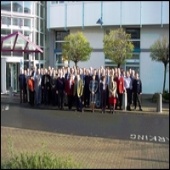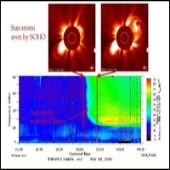ESA Science & Technology - News Archive
News archive
News archive
Published: 13 July 2001
Published: 11 July 2001
Published: 10 July 2001
Published: 9 July 2001
Published: 25 June 2001
Published: 11 June 2001
Published: 21 May 2001
Published: 19 April 2001
Published: 15 February 2001
Published: 11 February 2001
Published: 6 February 2001
Published: 1 February 2001
Published: 28 January 2001
Published: 14 January 2001
Published: 21 December 2000
Published: 3 December 2000
Published: 23 November 2000
Published: 16 November 2000
Published: 9 November 2000
Published: 20 October 2000
—
20 Items per Page



















